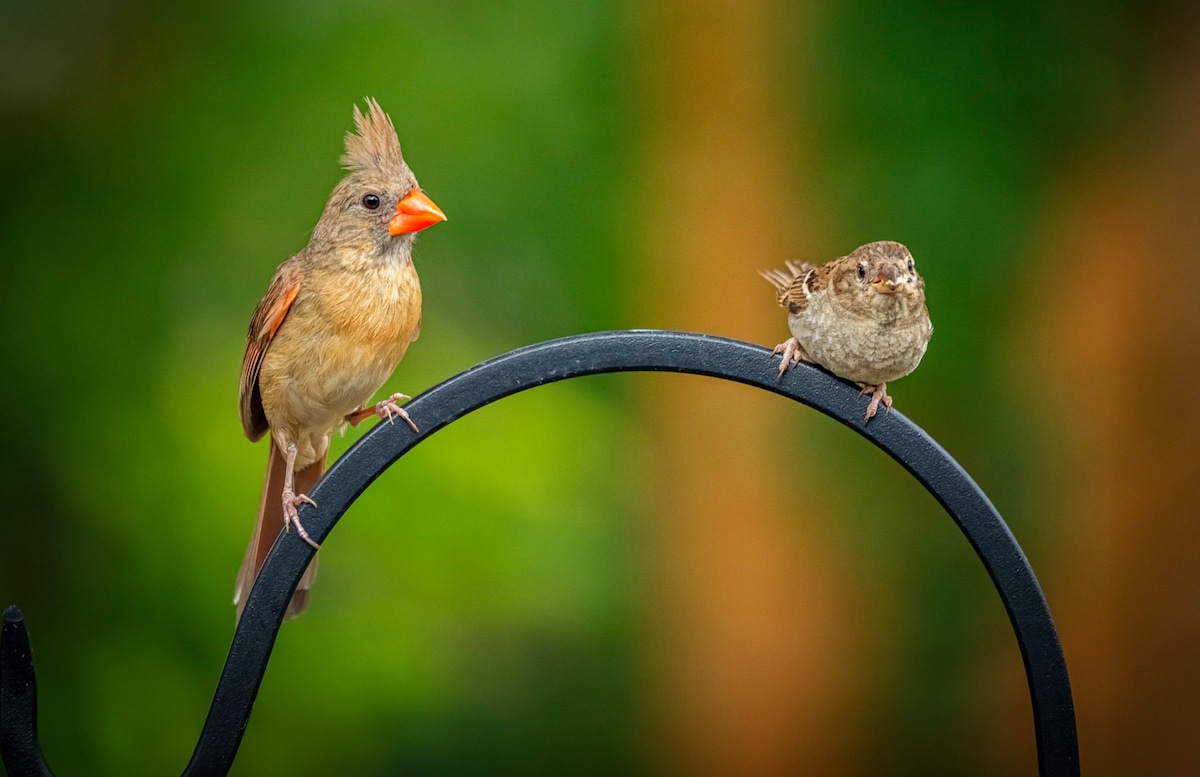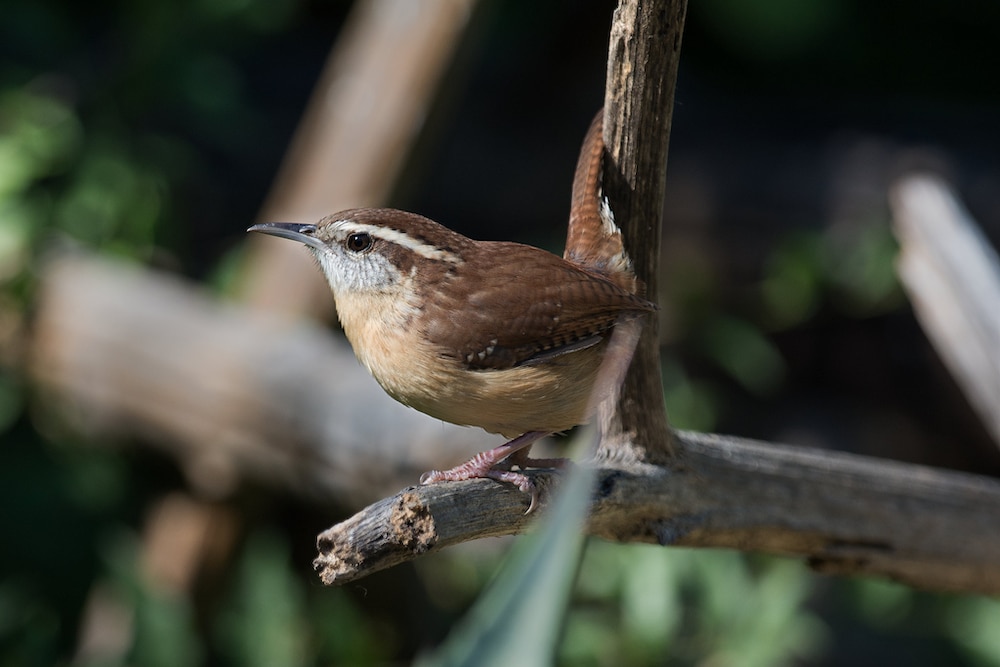Light Pollution Linked to Shrinking Eye Size in Birds

 Why you can trust us
Why you can trust us
Founded in 2005 as an Ohio-based environmental newspaper, EcoWatch is a digital platform dedicated to publishing quality, science-based content on environmental issues, causes, and solutions.
In a new study, researchers have linked light pollution in urban areas to smaller eye sizes found in two common songbird species.
Researchers studied the northern cardinal and Carolina wren that live year-round in San Antonio, Texas, a city with an estimated population of about 1,472,900 people, and compared these birds to the same two species that lived outside of the city. The team also analyzed the eye size of two migratory bird species, the painted bunting and white-eyed vireo, which do not remain in the city for the full year.
The birds living in San Antonio year-round were found to have eyes that were about 5% smaller than birds living in the outskirt areas of the city, which weren’t as bright from light pollution. This may be a sign that the birds are adapting to light pollution from cities, according to the scientists. The researchers published their findings in the journal Global Change Biology.
“This study shows that residential birds may adapt over time to urban areas, but migratory birds are not adapting, probably because where they spend the winter — they are less likely to have the same human-caused light and noise pressures,” Jennifer Phillips, senior author of the study and a wildlife ecologist at Washington State University, said in a press release. “It may make it more difficult for them to adjust to city life during the breeding season.”

The authors studied over 500 birds in San Antonio and around the edges of the city. They also tracked noise and light pollution in each area of study during the day and at night. They didn’t find any differences in eye size for the migratory birds, nor did they find any changes in size for other body parts of the northern cardinal, Carolina wren or white-eyed vireo.
However, the researchers did find a difference in overall body size of painted buntings, but this was attributed to age.
The smaller eye size for birds living in urban areas year-round could help them adapt to the light pollution of cities, the authors suggested.
The National Audubon Society, which was not involved in the study, explained that although bright lights can confuse migratory birds and lead them away from their intended paths, the lights can also cause disorientation, leading birds to collide with buildings.
“Humans may have some unintended consequences on birds that we don’t realize,” said Todd Jones, first author of the study and a postdoctoral fellow at the Smithsonian’s Migratory Bird Center. “We don’t know if these adaptations could have good or bad consequences for the birds down the road, considering that urban environments aren’t going away anytime soon. It is also important to understand how to manage such environments for the birds that maybe aren’t urban adapted.”
Phillips will continue the research by leading a team to study how light and noise pollution may be further impacting birds’ behaviors, such as their stress, sleep hormones and aggression. The team will also explore if any changes to the birds are impacting their overall fitness.
Subscribe to get exclusive updates in our daily newsletter!
By signing up, you agree to the Terms of Use and Privacy Policy & to receive electronic communications from EcoWatch Media Group, which may include marketing promotions, advertisements and sponsored content.

 233k
233k  41k
41k  Subscribe
Subscribe 



